Goal: a low cost, full replica of the PDP-8/I.
Design: a Raspberry Pi, custom front panel PCB to mount it behind, and 26 custom made toggle switches. A modified simh emulator drives the front panel.
Reason: PDP-8 replicas can get very expensive very quickly. The idea was to do the exact opposite: a faithful replica using minimum parts. Made possible by the fact that the computing engine is available for as little as $5 (if you use a Pi Zero) and in software, there's no better replica of PDP-8 functionality than the simh emulator.
Result: Pi drives the 92 leds and 26 switches from the simh emulator. Only a few ARM instructions are necessary to update the front panel during a PDP instruction cycle. An acrylic front panel faithfully reproduces that of the original.
Project details on my web site.
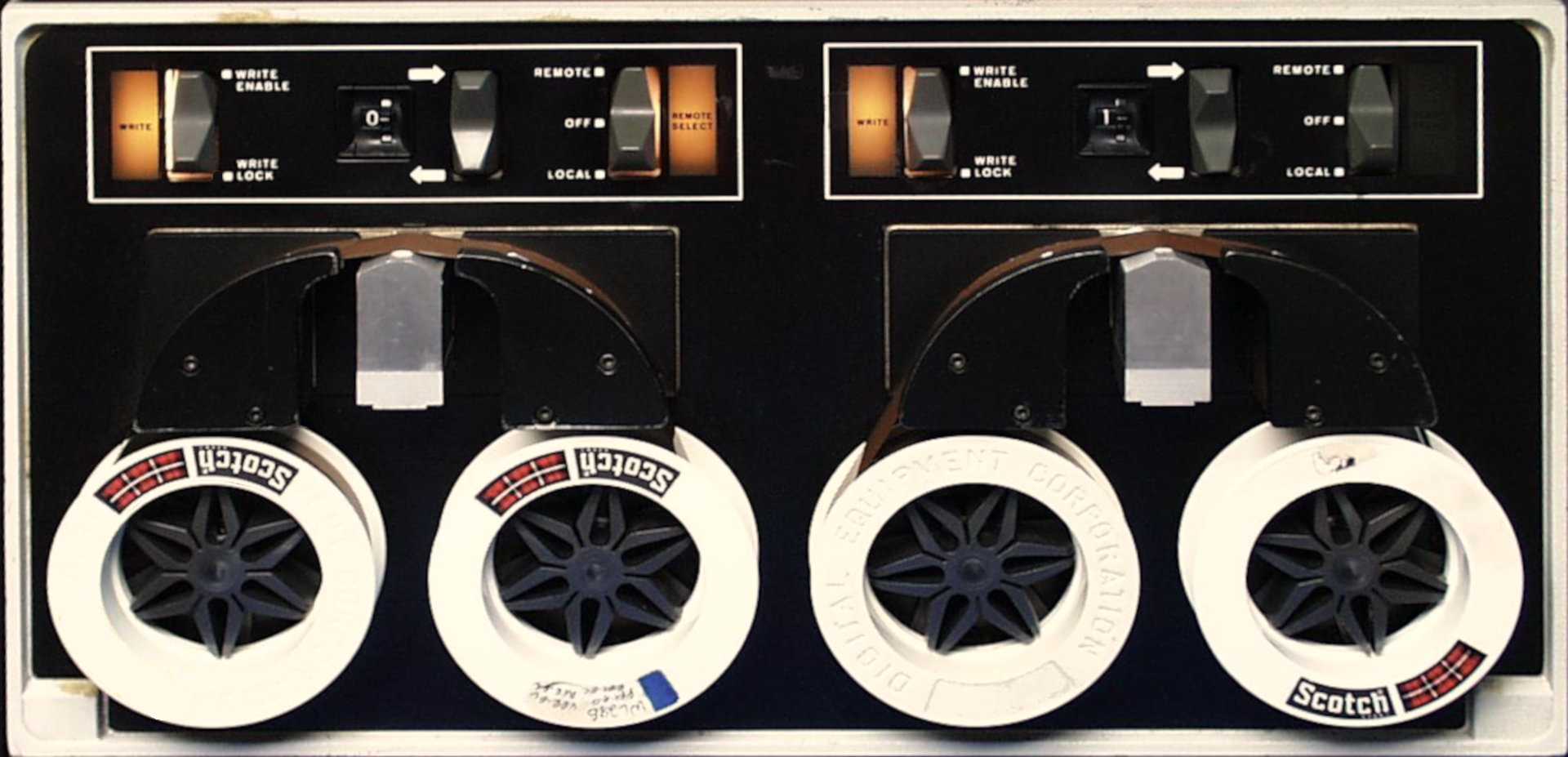
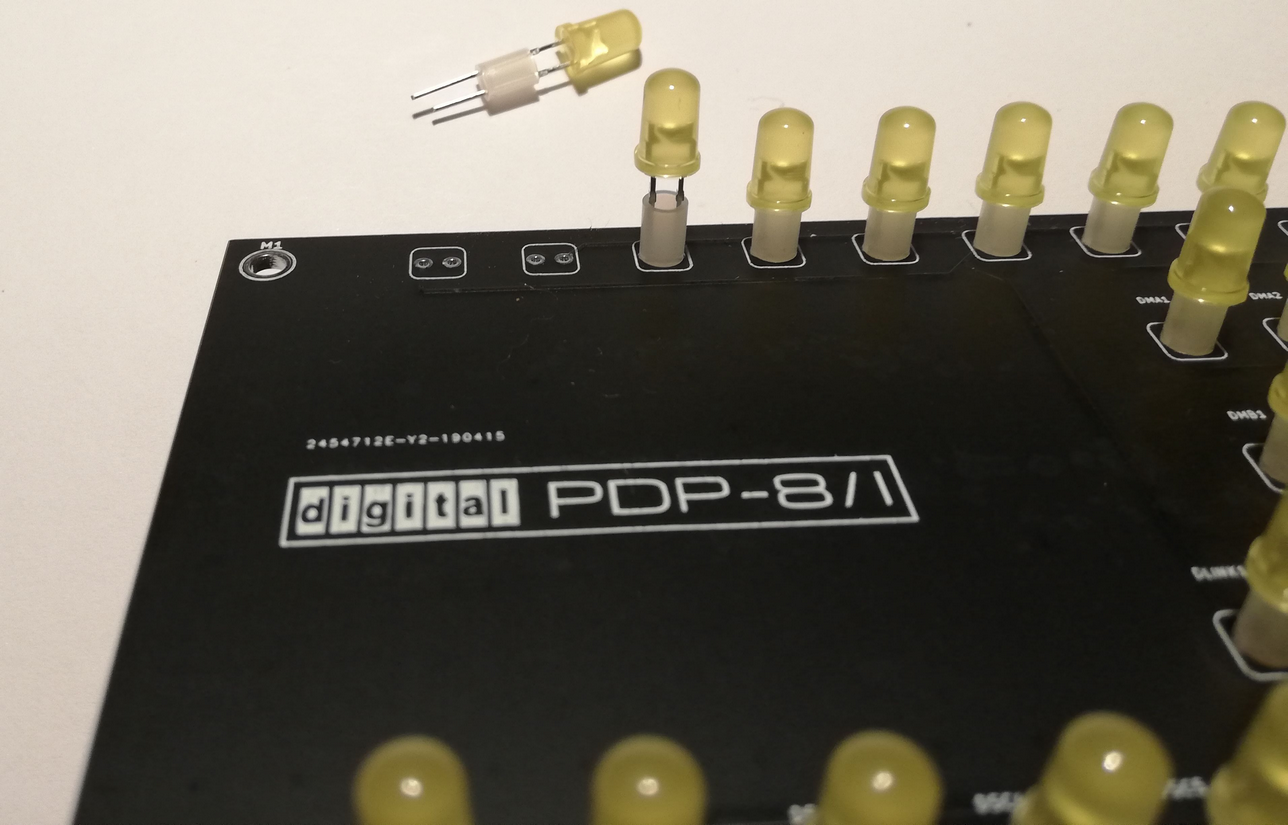
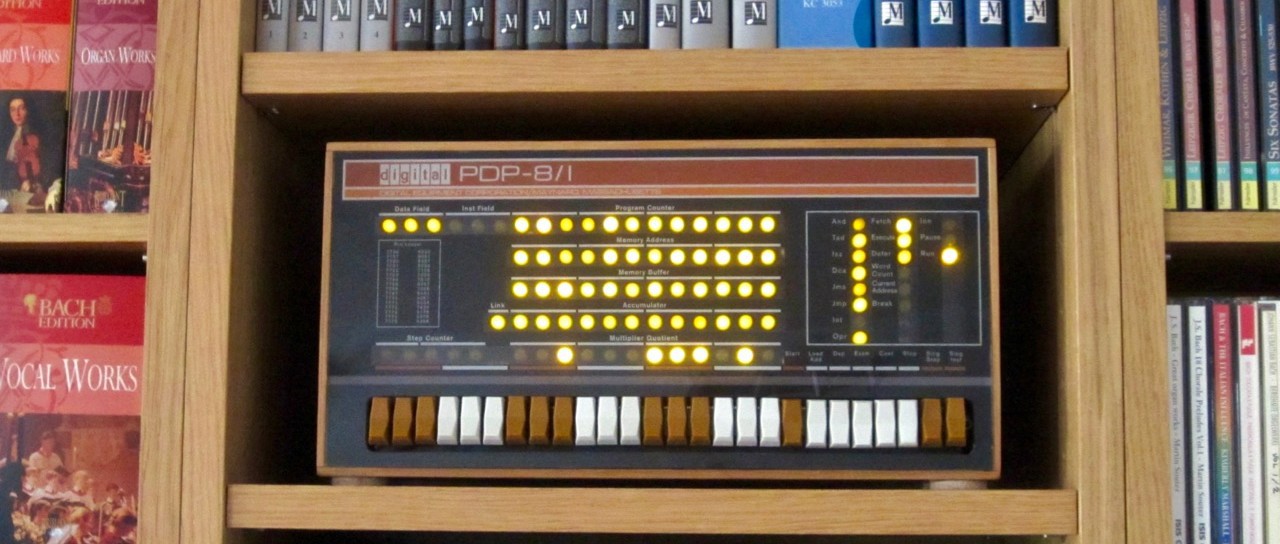
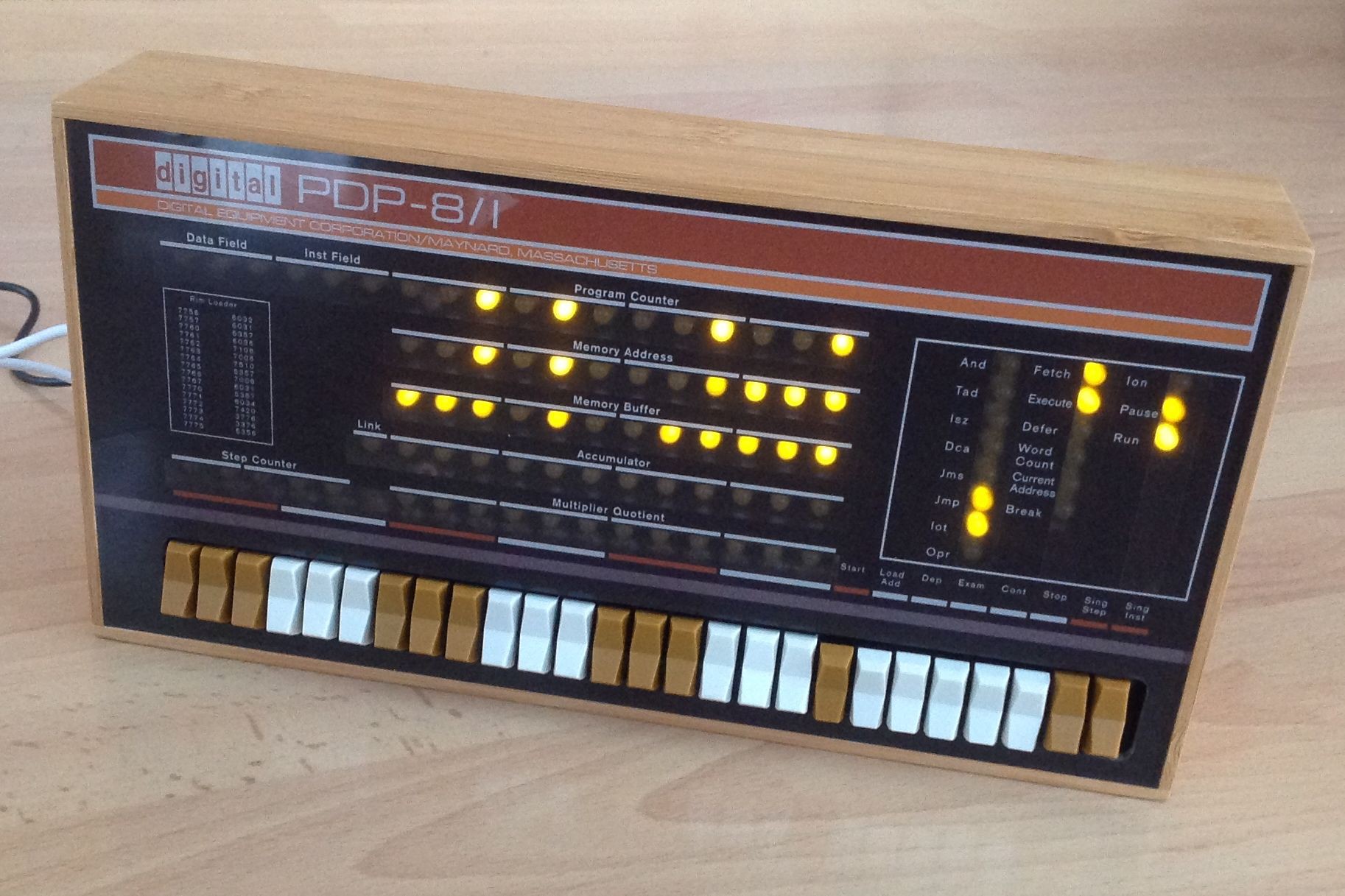
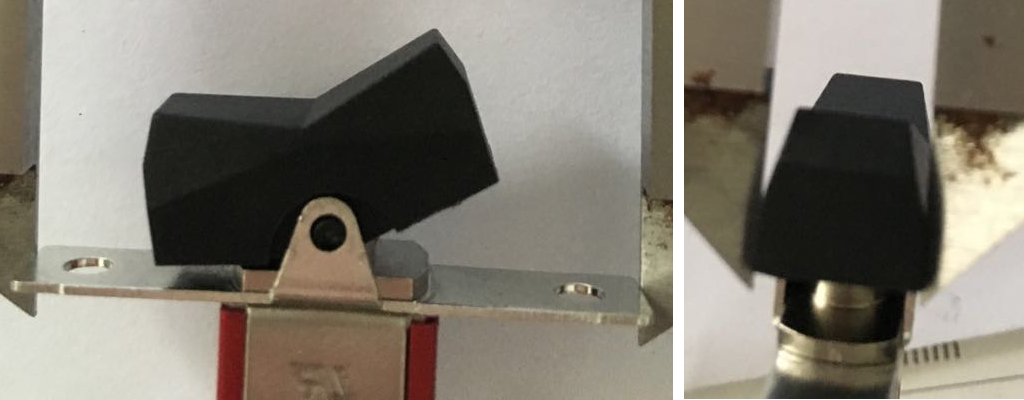
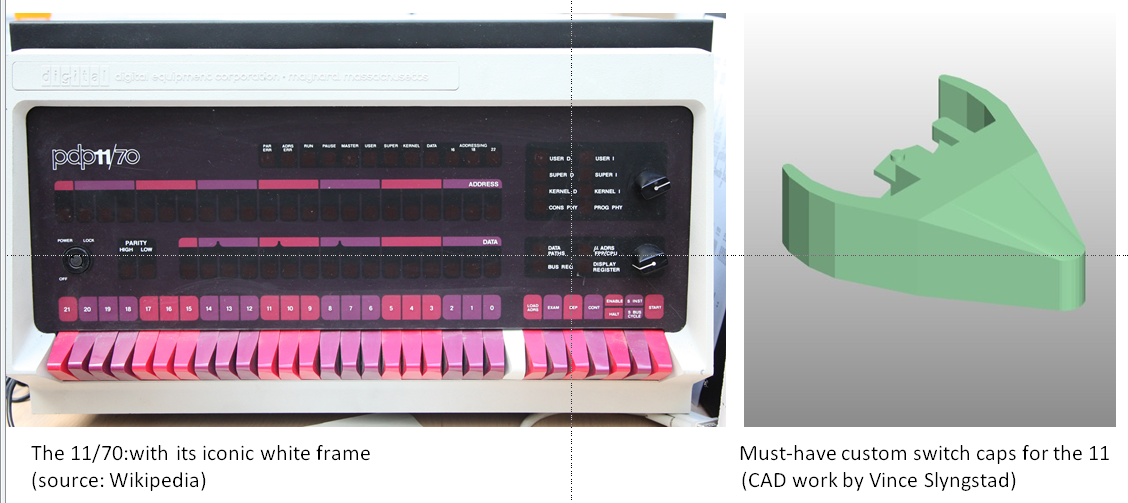
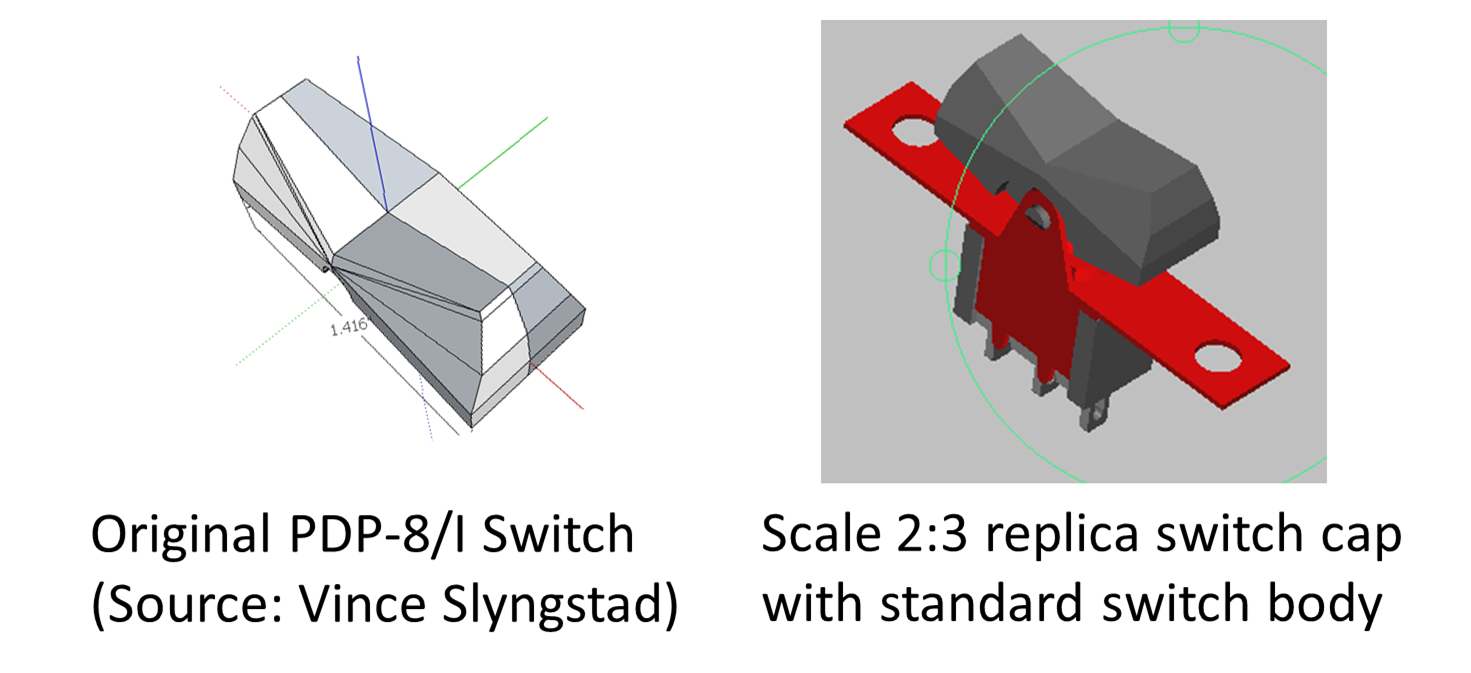
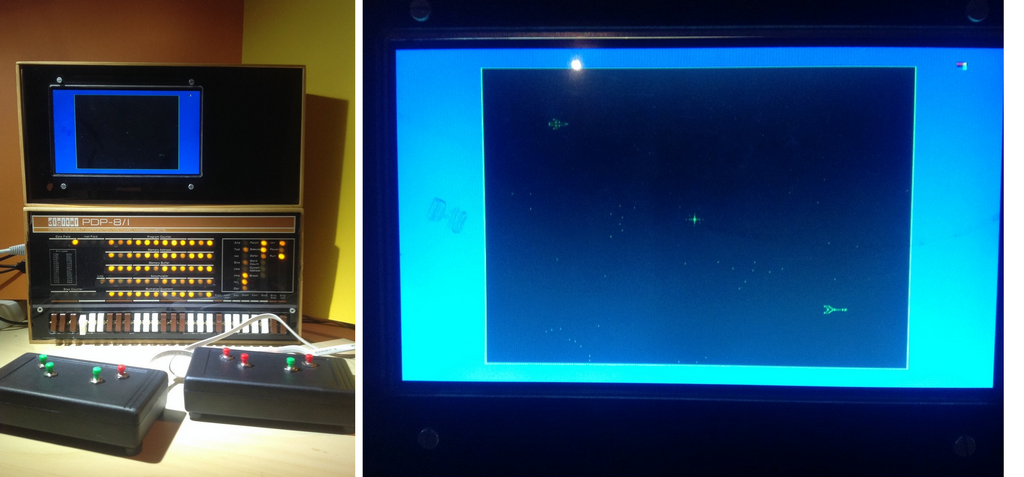












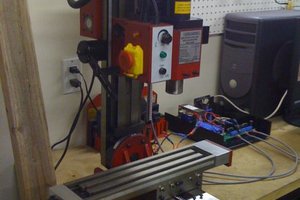
 Evan Li
Evan Li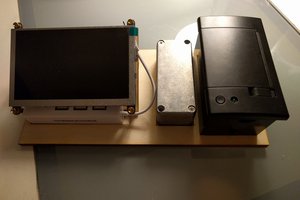
 James
James
 Andy Oliver
Andy Oliver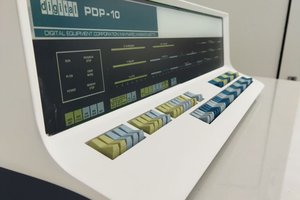
Boy, I am doing it the hard way :-). This project is really nice, job well done :-)